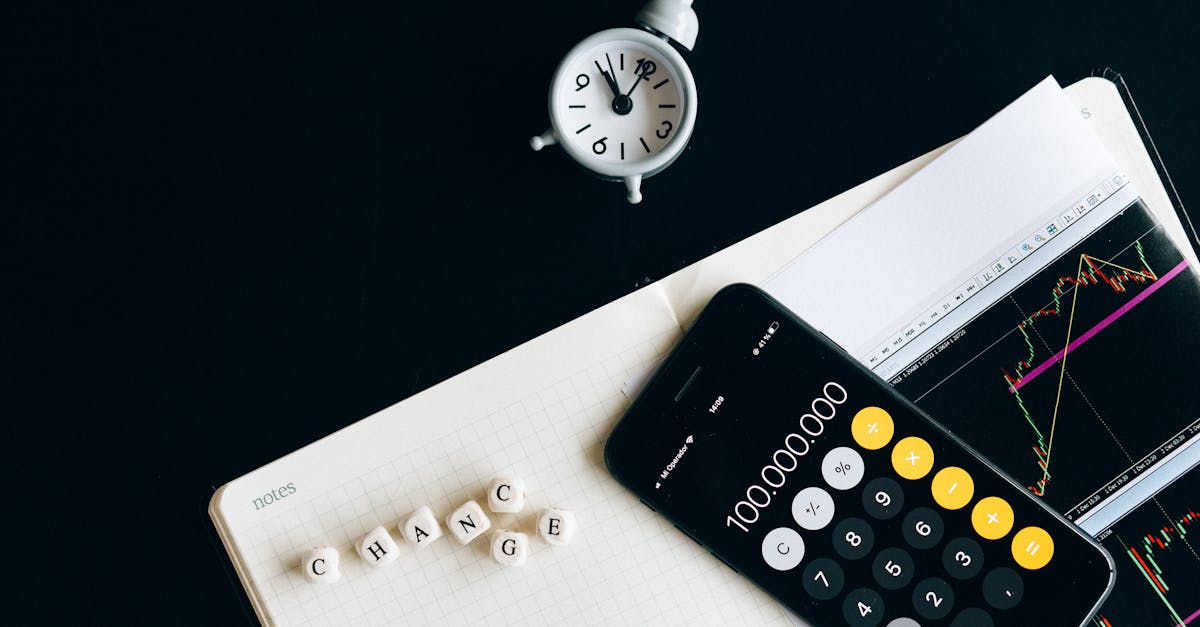In a world where privacy feels like a luxury, hiding your number on an iPhone can be your secret weapon. Whether dodging pesky telemarketers or keeping your digits away from that one friend who just can’t stop sharing, it’s time to reclaim your phone’s privacy. Who knew a few taps on your screen could turn you into a stealthy communication ninja?
Imagine this: you’re at a party, and someone asks for your number. Instead of handing it out like candy, you can keep it under wraps. With a few clever tricks, you can make your iPhone work for you, not the other way around. Let’s dive into the art of number concealment and explore the simple steps that’ll keep your phone life just a little more mysterious. After all, who doesn’t love a little intrigue?
Table of Contents
ToggleUnderstanding Caller ID and Privacy
Caller ID plays a crucial role in managing privacy on iPhones. It displays the incoming caller’s number, allowing users to identify who’s calling before answering.
What Is Caller ID?
Caller ID is a telecommunication feature that identifies the calling party on a phone. It works by transmitting the caller’s phone number to the recipient’s device, typically appearing on the screen. Most smartphones, including iPhones, come with this feature enabled. Users can easily see whether to answer or ignore calls from unknown numbers. Important information relates to blocking or hiding caller ID, as these actions prevent number visibility during calls.
Why Hide Your Number?
Hiding a phone number enhances privacy and reduces unwanted communications. Users may wish to avoid telemarketers or restrict access to their personal information. Concealing the number allows discretion in social interactions, especially when sharing contact information with unfamiliar individuals. Exploring methods to hide numbers ensures more control over who can reach a user directly. Adjusting settings or utilizing temporary numbers can safeguard personal data without compromising connection capabilities.
Methods to Hide Your Number on iPhone
Hiding your phone number on an iPhone can enhance privacy and reduce unwanted interactions. Here are methods to help maintain anonymity.
Using iPhone Settings
Accessing the iPhone settings allows users to conceal their phone numbers easily. Navigate to the Phone app, select “Show My Caller ID,” and toggle it off. This action prevents recipients from seeing the caller’s number during outgoing calls. Alternatively, users can enable “Do Not Disturb” mode combined with scheduled times to limit incoming calls, enhancing privacy further.
Utilizing Third-Party Apps
Numerous third-party apps provide options for masking numbers effectively. Apps like Google Voice and Hushed offer users temporary numbers to safeguard their personal numbers. Downloading and setting up these apps creates alternative numbers for calling or texting. Many of these services incorporate additional features like voicemail and call forwarding, making them versatile tools for privacy. Users benefit from greater control over their communications while keeping their primary number private.
Important Considerations
Users should grasp the implications of hiding their phone number on an iPhone. Understanding these considerations ensures better decision-making regarding privacy.
Limitations of Hiding Your Number
Concealing a phone number doesn’t guarantee complete anonymity. Some apps and services require a phone number for verification, negating the benefits of privacy. Additionally, if a user hides their number, recipients may not answer calls out of suspicion. Using temporary numbers may create confusion for contacts, as they might not recognize the caller. Lastly, certain services like emergency contacts won’t display hidden numbers for safety reasons, limiting accessibility in critical situations.
Risks Involved
Hiding a phone number carries inherent risks that users must acknowledge. Misuse of temporary numbers can lead to unwanted exposure if the number gets shared. Recipients may not trust calls from hidden numbers, resulting in missed communication opportunities. Users also face security threats from third-party apps that may store personal data improperly. Additionally, relying on a different number adds complexity in managing lists of contacts, which could lead to misinformation or frustrations. Understanding these risks helps users navigate the balance between privacy and practical communication needs.
Conclusion
Hiding a phone number on an iPhone is a powerful way to enhance privacy and reduce unwanted communications. By utilizing settings like “Show My Caller ID” and exploring options such as temporary numbers through apps like Google Voice, users can maintain control over their personal information.
While these methods provide greater discretion, it’s essential to remain aware of the potential pitfalls. Hidden numbers may lead to missed calls or complications with services requiring verification. Ultimately, understanding the balance between privacy and connectivity is key to navigating the digital landscape effectively. Taking these steps can significantly improve one’s privacy experience on their iPhone.



